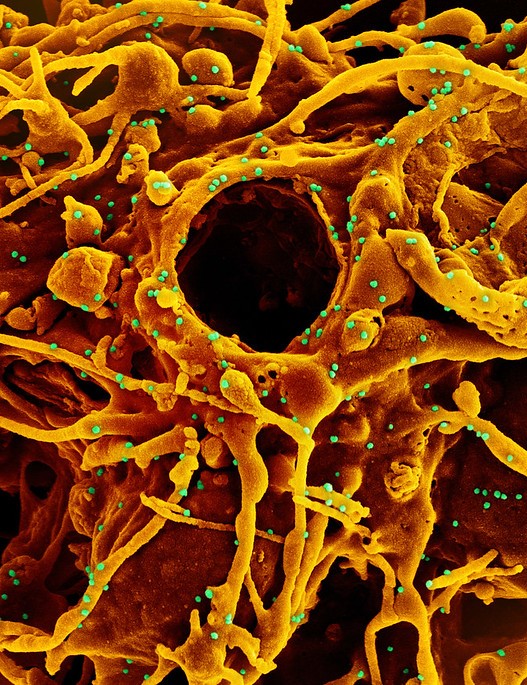
Pfizer Hospital, which makes sterile injectable medications, this week warned customers about shortages and potential outages of certain Bicillin L-A (penicillin G benzathine injectable suspension) and Bicillin C-R (penicillin G benzathine and penicillin G procaine injectable suspension) prefilled syringes.
Penicillin G is on the Resilient Drug Supply Project's (RDSP's) list of 156 critical acute drugs and is on the American Society of Health-System Pharmacists (ASHP) and the Food and Drug Administration (FDA) drug shortage lists. In April, the AHSP posted a notice about penicillin G benzathine shortages, specifically 1-milliliter (mL), 2-mL, and 4-mL syringes of Bicillin L-A. The RDSP is part of the University of Minnesota's Center for Infectious Disease Research and Policy, which publishes CIDRAP News.
These presentations will not be available until further notice.
Pfizer said the supply interruptions are due to complex factors that include increased demand from a rise in syphilis infections and competitive shortages. It added that it has prioritized production of 2-mL and 4-mL syringes of Bicillin L-A.
The company said it expects Bicillin C-R supplies to be depleted in the third quarter of this year and the pediatric version of Bicillin L-A to be depleted by the second quarter. "These presentations will not be available until further notice," Pfizer said in its letter to customers.

 A modeling study based on point-prevalence surveys from 99 countries highlights how hospital-associated drug-resistant infections (HARIs) contribute to the global burden of antimicrobial resistance (AMR), researchers reported yesterday in PLOS Medicine.
A modeling study based on point-prevalence surveys from 99 countries highlights how hospital-associated drug-resistant infections (HARIs) contribute to the global burden of antimicrobial resistance (AMR), researchers reported yesterday in PLOS Medicine.
 Global flu activity continues to decline, driven by decreases in the Northern Hemisphere, though markers show increases in some Southern Hemisphere countries, the World Health Organization (WHO) said in its latest
Global flu activity continues to decline, driven by decreases in the Northern Hemisphere, though markers show increases in some Southern Hemisphere countries, the World Health Organization (WHO) said in its latest 














